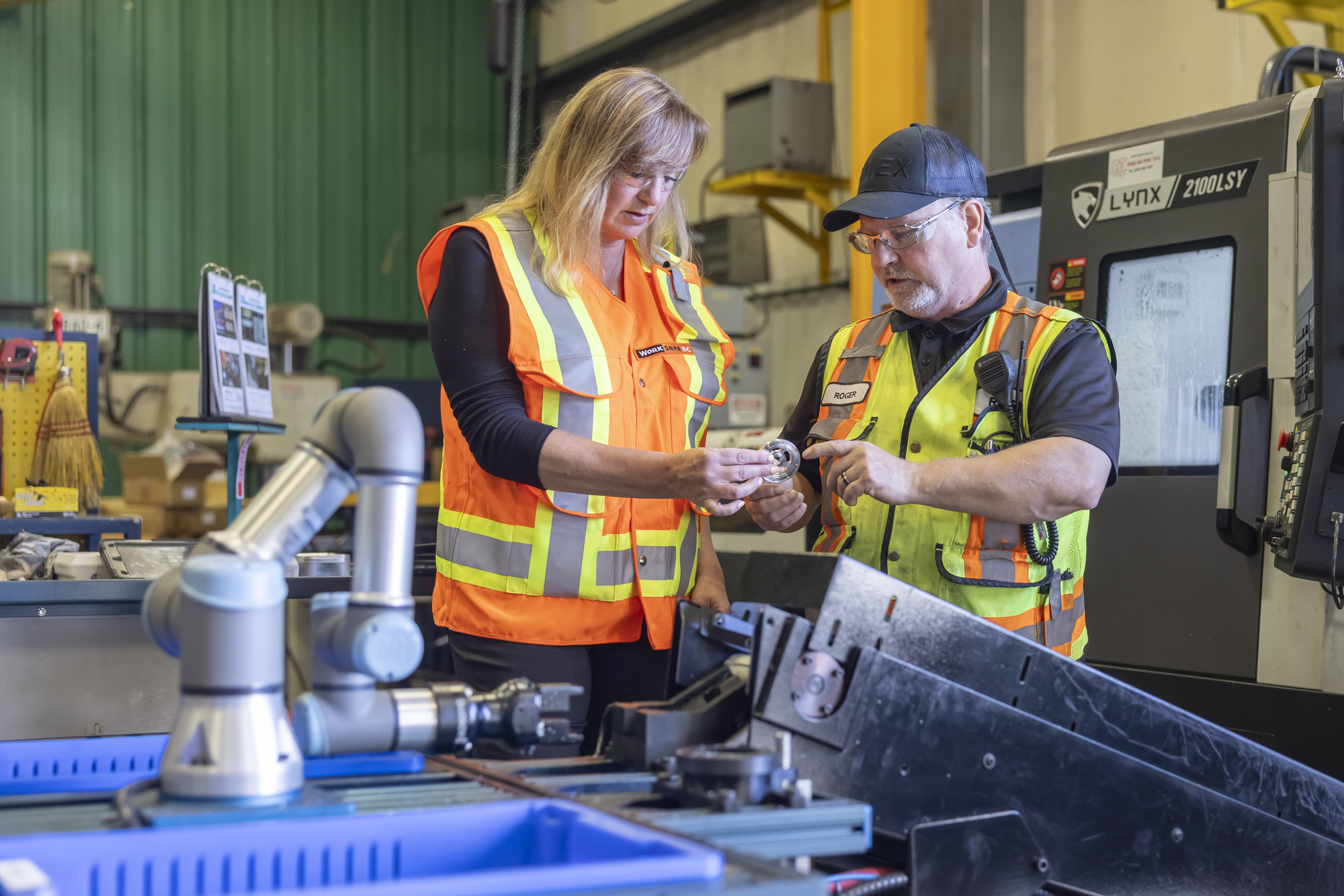Employers need to know the hazards in their workplace and manage the risks to provide a healthy and safe workplace.

Photo credit: © WorkSafeBC (Workers’ Compensation Board of B.C.), used with permission
It’s ergonomics month and WorkSafeBC has some important reminders for B.C. manufacturers this October. I connected with Tami Der, an occupational health and safety consultant with WorkSafeBC on how employers can use in-house inspections and risk assessments to prevent musculoskeletal injuries (MSIs).
“The employer’s first step in protecting workers involves identifying potential hazards and the associated risks in your workplace,” notes Tami. “It’s the employer’s responsibility to look for all of the things and situations that could possibly harm workers that may be on site.”
Effectively managing workplace risk
It starts with workplace inspections and risk assessments, she says. “This includes walking around the site observing how the work tasks are being performed, assessing the equipment workers are using and considering how that equipment is being used, and analyzing the design and layout of the work areas.”
You can begin by identifying the hazards in your workplace and assessing the level of risk these hazards pose to workers. A hazard is anything that can cause harm, such as chemicals, equipment, or a motion that could cause a sprain or strain (e.g., lifting). Risk is the chance somebody could be harmed by these hazards and the potential severity of harm. When it comes to preventing MSIs, how often the motion is performed, and the amount of force required to perform that action can have an impact on the level of risk.
Control risks after completing a risk assessment
With an understanding of risk, you can look at controlling risks — starting with the greatest risk first. Your joint occupational health and safety committee (or representative) plays a key role in this process.
“A joint committee is made up of worker and employer representatives working together to promote health and safety in the workplace,” Tami says. “While the employer is ultimately responsible for overall safety at the workplace, the committee is responsible for identifying health and safety concerns and recommending solutions to the employer.”
A critical piece to controlling the risks is to ensure that the control measures put in place are monitored for effectiveness and adjusted as needed.
Communicate at every step
Getting input from front-line workers through two-way communication is essential. Tami adds, “When workers are encouraged to participate and take ownership in health and safety issues, they will follow safe work practices and be more likely to speak up if they see something or experience a situation in the workplace that may be unhealthy or unsafe.”
Thanks to Tami for answering my questions about WorkSafeBC’s message to manufacturing employers and supervisors. For more information, see: Managing risks in manufacturing workplaces or use the managing risk self-evaluation tool.


